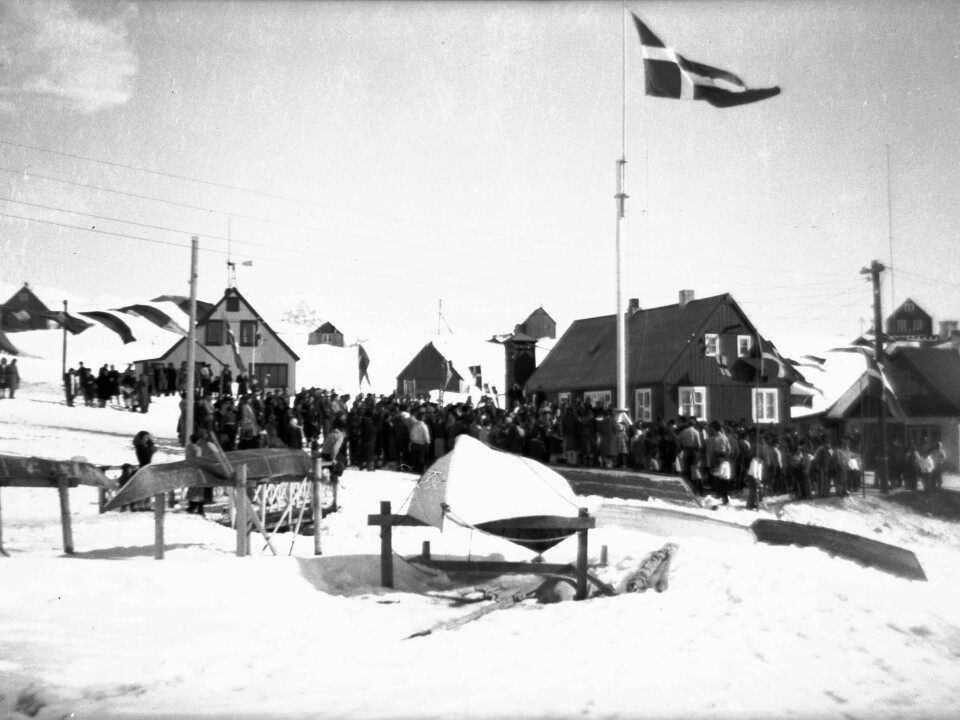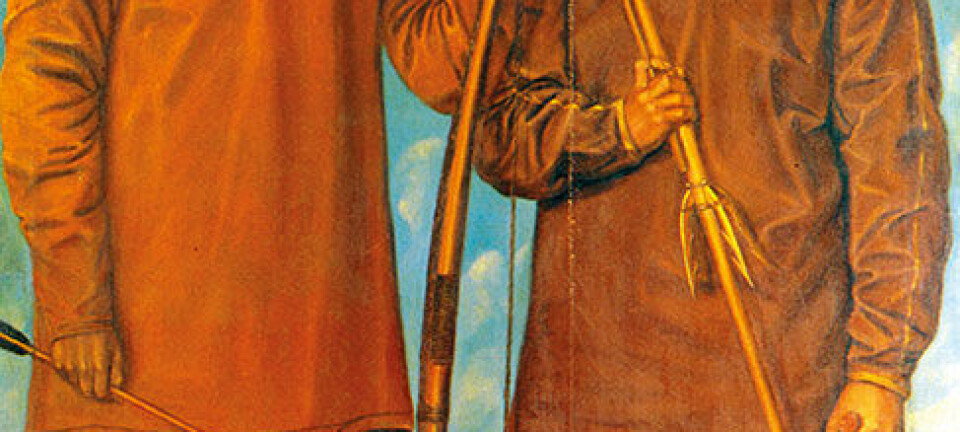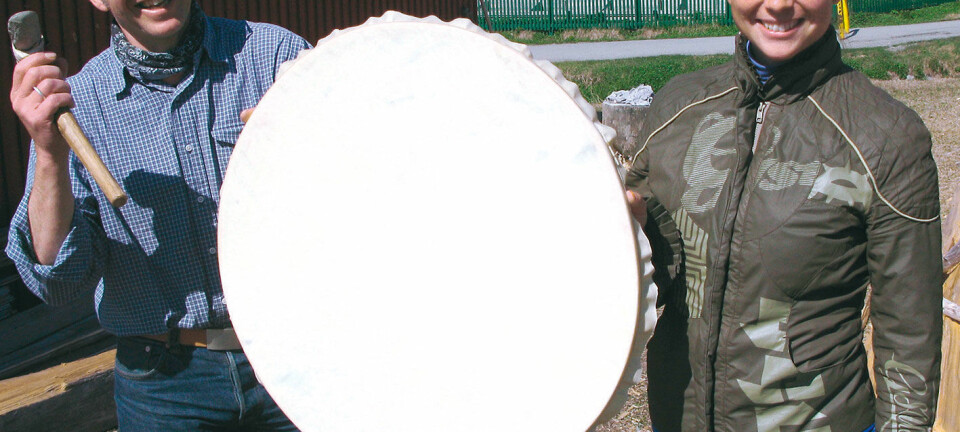
Greenlanders strove for change
If Greenlandic culture has been ruined, Denmark is not to blame. Greenlanders wanted to have their opportunities expanded beyond their old sealing and whaling-based culture, argues Greenlandic historian.
It is often said that indigenous Greenlandic culture was wrecked when the Danes colonised the great island and forced the Greenlanders to abandon their sealing and whaling-based culture.
However, new history research now reveals that it was actually the other way round: for years Denmark tried to keep Greenland as an old-fashioned sealing society, because Danish politicians feared that the introduction of factories and modern houses would ruin Greenlandic culture.
The Greenlanders, on the other hand, fought to establish a modern, Westernised society, according to a new book based on a PhD thesis. The book challenges the common conception that Denmark forced modernisation upon Greenland.
“Greenland cannot simply blame Denmark. The Greenlandic people hold a great responsibility for the course of events,” says Jens Heinrich, a PhD in Arctic culture, language and literature at Ilisimatursarfik – The University of Greenland.

“They were able to influence developments and they were well aware what they sought to achieve: more autonomy, education, enlightenment and contact with the outside world.”
Democratically elected Greenlanders were influential
In his thesis, Heinrich explores how Greenland started to become a modern society in the period around the Second World War. At the time, Greenland was ruled by:
- The Greenland Administration - at the top level via a director in Copenhagen and two governors in Greenland
- The two provincial councils where democratically elected Greenlanders were gathered.
The Danish government had the last word. But the provincial councils had the right to express their opinion – and following the Second World War they wanted a modern and more autonomous Greenland.
“The Danish director for the Greenland administration, Knud Oldendow, was convinced that it wasn’t a good idea to enforce a modernization process,” says Heinrich.
“Ever since the turn of the previous century, the Danes had believed that the Greenlandic economy should be left to itself, without any intervention from the outside world. Oldendow supported that idea. He was conservative and believed that it was best to avoid any experiments that could ruin the entire Greenlandic society.”
Chief administrative governor: give the Greenlandic people what they want
One of the two governors, Eske Brun, took a different view on the future of Greenland. He was convinced that the only way for Denmark to keep a hold on Greenland was to give the Greenlandic more freedom and help them establish industry on the island.
“Eske Brun succeeded in gaining more and more power. Director Knud Oldendow had an alcohol problem and was frequently sick for extended periods. So Eske Brun grew more powerful. After consulting with the Danish Prime Minister, Hans Hedtoft, he managed to introduce increased autonomy and a Greenlandic fishing industry,” says the Greenlandic researcher.
Greenlanders were not allowed to learn Danish
Eske Brun wanted to meet the wishes of the most socially aware Greenlanders – who were very often teachers. For 50 years they had tried to push Greenlandic society towards more education. Long before Eske Brun came to Greenland around 1900, a group of Greenlanders asked to be taught Danish.
The reason was that they had to speak and write Danish in order to take leading roles in trade and politics in Greenland.
“But the Government was not keen on letting the Greenlanders learn Danish. It was thought to break down the culture,” says Heinrich.
“There was an idea that the Greenlandic society was based on whaling and sealing, and that this must be protected as much as possible. Language played an important part in that, as the general conception was that Danish would ruin the Greenlandic language.”
College teacher was frontrunner
Among the Greenlandic frontrunners was the college teacher and political debater Augo Lynge. He was a member of Godthåb (present-day Nuuk) Council Board from 1930 to 1942 and wanted a modern Greenland.
“He was a charismatic politician who in 1941 started the youth organisation ‘Vores Lands Børn’, (‘Children of Our Country’). His goal was to teach young people that they shouldn’t limit themselves. And he wanted the Greenlandic people to know that they could become more educated,” he explains.
Augo Lynge was later elected for the Parliament of Denmark as one of the first two Greenlandic representatives.
He was also a member of the national provincial council for several periods. So Augo was a man who had the support of the Greenlandic people. And he was one of the people that Eske Brun listened to.
At a meeting in 1948, Prime Minister Hans Hedtoft and Governor Eske Brun decided to give the Greenlandic fishing industry a push, so they asked a wealthy Danish fisherman for assistance. He was offered the chance to make a good profit from fishing in Greenland in return for teaching the Greenlandic people the art of fishing.
“But it turned out that he wouldn’t hire Greenlandic staff, as he only wanted to use his own men. That caused a large group of Greenlandic congress members to complain to the prime minister. The deal was off and another fisherman was pulled in instead,” he says.
“The Greenlanders didn’t like that the Danes just went and made money from Greenland. They wanted to acquire new skills and take part in events.”
Danish historians blame Denmark
The young Greenlandic historian is the second PhD ever to have graduated from the University of Greenland. He believes that his cultural background allows him to dare take a different view on Danish-Greenlandic history.
“Denmark feels guilty that Greenland was treated so badly. Because of that, Danish historians easily end up arriving at the conclusion that Denmark is to blame for the bad turn that developments in Greenland took,” he says.
“I don’t know if Danes should feel guilty – Greenlanders wanted that change.”
--------------------------------------
Read the Danish version of this article at videnskab.dk
Translated by: Iben Gøtzsche Thiele








